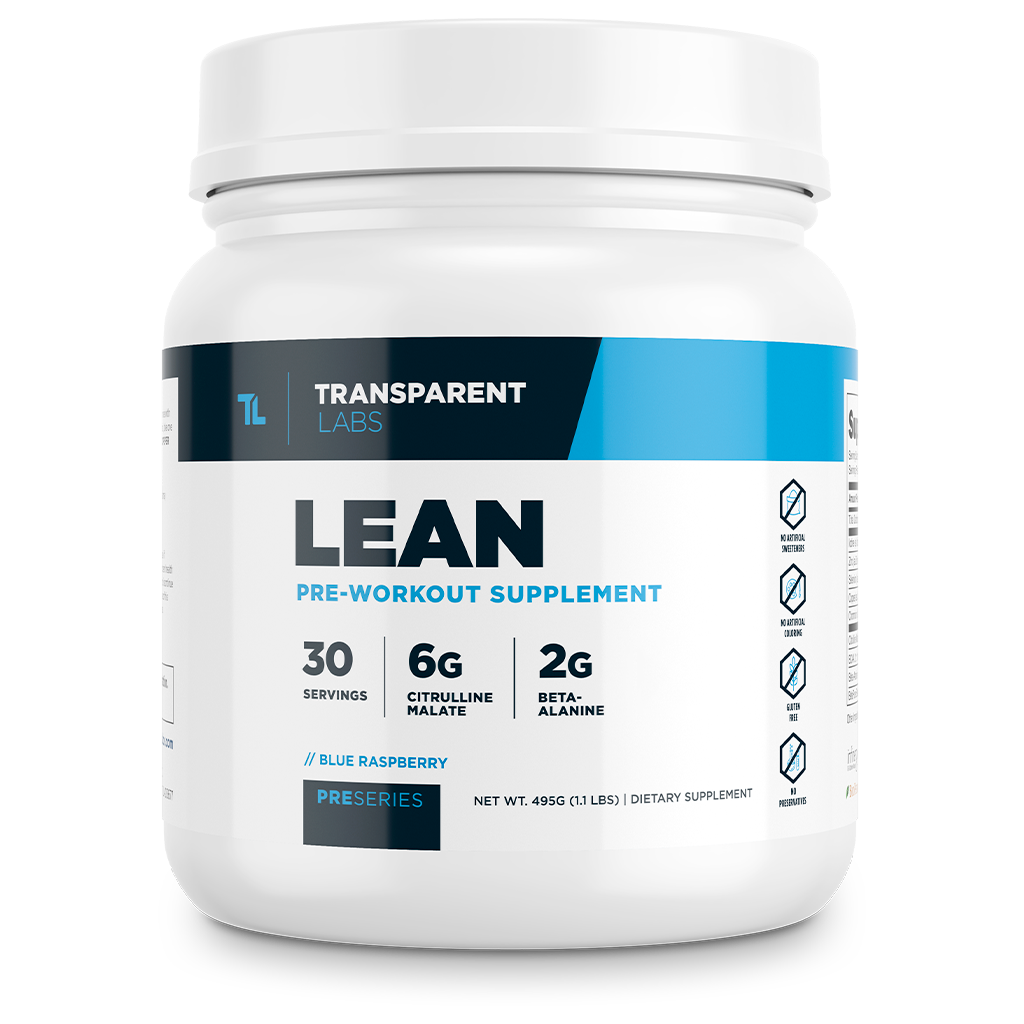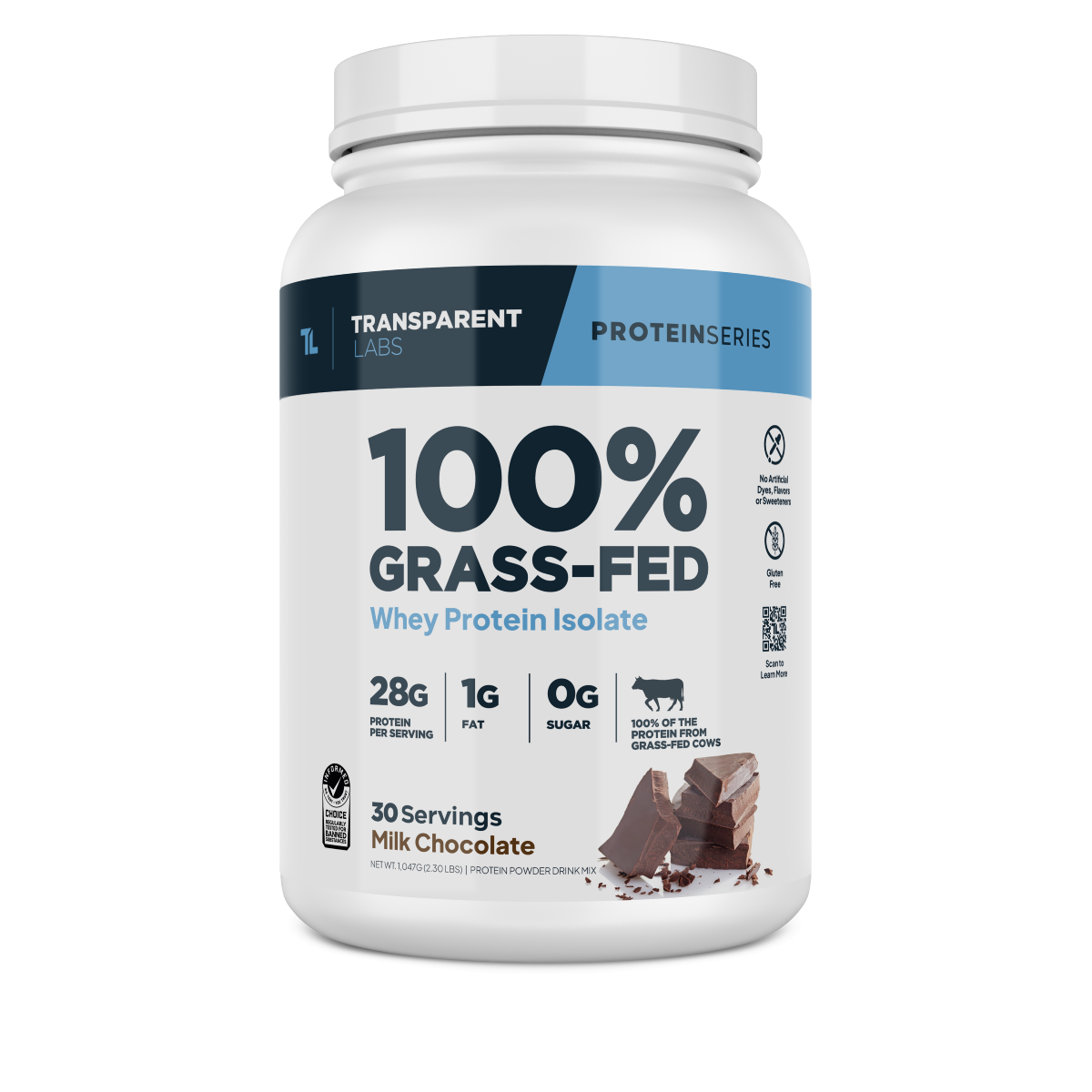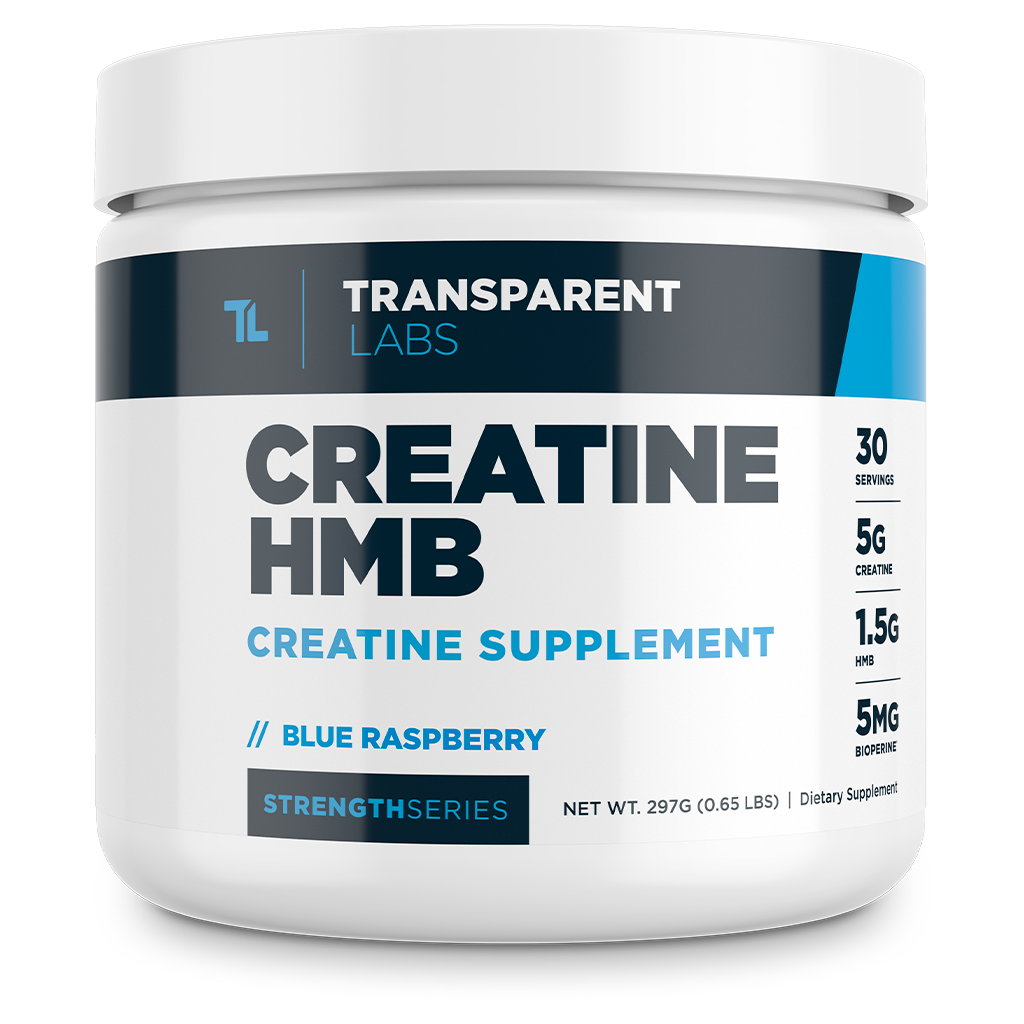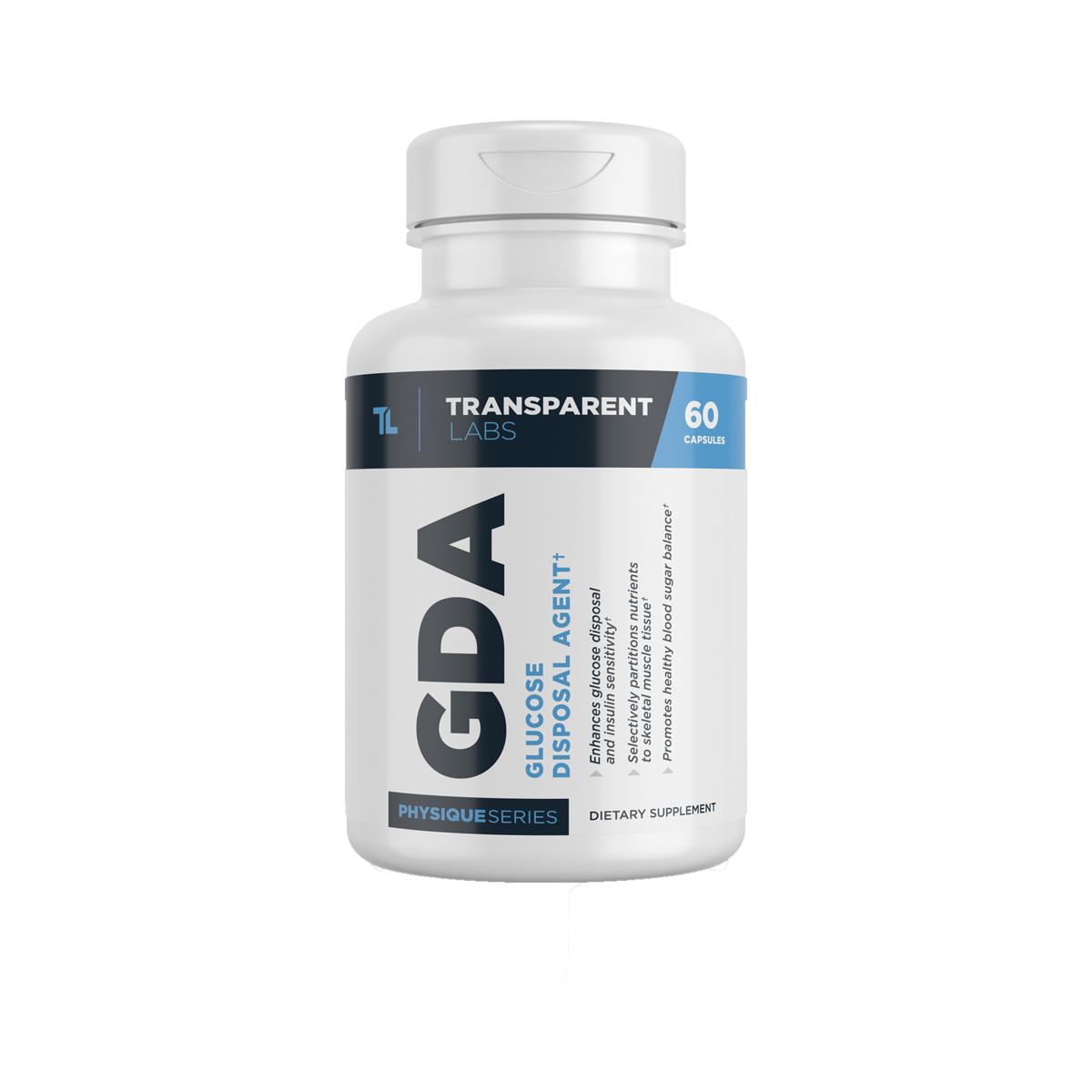Rate of Perceived Exertion and Reps in Reserve to Regulate Training

Using the Rate of Perceived Exertion Scale for Autoregulating Your Workout Intensity
The rate of perceived exertion (RPE) scale, also known as the Borg scale, allows for a subjective measure of an individual's exercise intensity in relation to their "maximum effort." As such, the RPE scale is a handy tool for autoregulating your training intensity, and it can be implemented in virtually any workout routine.
Another RPE-related acronym you may be familiar with is RIR, which stands for "reps in reserve." The RIR is the number of additional reps you're confident you could have completed if you were to go "all out" on that set.
Since your rating of perceived exertion is self-assessed during training, being honest with yourself and knowing your true limits is essential. Be careful, though—"maximal exertion level" and "maximum effort" are not synonymous with "one-rep max."
For example, your true one-rep max on the barbell squat should theoretically take your "maximum effort," but you could also push yourself to a maximum exertion level (i.e. train to absolute failure) while using a lighter load for multiple repetitions.
So, how does a rate-of-perceived-exertion scale work, exactly? What are the advantages of using an RPE scale to autoregulate your workouts? Read on as we answer these questions and more about perceived exertion scales in the context of resistance training.
How Do RPE Scales Work?
There are quite a few RPE scales used to measure the intensity of physical activity. We're going to focus primarily on the use of a modified RPE scale when lifting weights, and how it compares to the original Borg scale (that was intended for endurance athletes) [1].
The major advantage of RPE-based training programs is that they account for inherent mental and physical aspects of athletic performance.
Consider the last time you went to the gym thinking you were going to "max out" on the bench press, only to find out that you were still sore from your previous push workout and not quite dialed in mentally. Normally, this is where people will become frustrated and force themselves to "train through it" because their workout routine calls for it.
But with RPE training, the goal is to more accurately determine how much weight you should lift throughout your workout, and how much "effort" or "exertion" it should require, by listening to your body and mind (i.e. If you feel like you can lift more weight, do that; if not, dial it back a bit).
Hence, the term "autoregulation."
Borg RPE Scale vs. Modified RPE Scale
The original Borg scale used a range of 6 to 20 as outlined in the image below:

To make things less complicated, the original Borg RPE scale has been adapted to a modified RPE scale that ranges from 0-10, with an RPE of 0 being rest/laying in bed and 10 being absolute maximum effort (e.g. performing a set to absolute failure, as in you couldn't complete another repetition if your life depended on it).
Here's what the modified RPE scale looks like:

How to Measure Rate of Perceived Exertion (RPE) Using Reps in Reserve (RIR) During Your Workouts
Arguably the trickiest aspect of autoregulated training is assessing your rating of perceived exertion during training. Generally, trainees will be shooting for a specific RPE value each set of every exercise they perform in a workout. But since this is a subjective measure of exertion, a relatively new RPE scale based on repetitions in reserve (RIR), a more objective benchmark, has been proposed for weight-lifting contexts [2].
So, what are repetitions in reserve? Well, it's an estimate of how many reps you could have performed beyond what you actually completed during a given set of an exercise.
Using an RIR-based RPE scale defines each RPE value as a corollary of RIR (e.g. 3 RIR corresponds to 7 RPE, 2 RIR to 8 RPE, 1 RIR to 9 RPE, etc.). For example, if your workout calls for an RPE of "8"—using RIR as a guide—on your final set of the bench press, you should complete as many reps as possible and stop when you feel like you only have two reps left in the tank.
This is where you need to be honest with yourself—an RPE of 8 should not be "easy" by any means. Remember, on the modified RPE scale, a value of 8 defines something that's "really hard."
More advanced athletes and gym-goers should have a stronger grasp of their limitations, and, therefore, will be able to more reliably measure RPE. But even novice lifters can, and should, practice estimating their RPE via RIR.
Assessing Rating of Perceived Exertion with Physiological Variables
Research has tried to determine if there is any relationship between various physiological criterion measures, such as heart rate, blood lactate concentration, percent maximal oxygen uptake (%VO2max), oxygen uptake (VO2), ventilation, and respiration/breathing rate. Based on a recent meta-analysis of the literature, the weighted mean validity coefficients were as follows [3]:
-
0.72 for respiration rate
-
0.64 for % VO2max
-
0.63 for VO2
-
0.62 for heart rate
-
0.57 for blood lactate
There's a high correlation between respiration rate and RPE. The rest of the criteria have less strong correlations to RPE but they may still provide a fairly good estimate of exertion.
Alas, the above physiologic variables are impractical for most gym-goers to assess during or after a workout, at least without some fancy equipment, so it's best to stick with RIR-based RPE training.
What About Heart-Rate Training Zones?

Training at 70% of your max heart rate is not the same as lifting 70% of your one-rep max with maximum effort or maximal exertion. Nevertheless, something that pushes you to your max heart rate, or near it, will likely correlate to a max effort on the RPE scale.
The so-called "training zones" you see on cardio machines are relative to maximum heart rate and unrelated to the (Borg) RPE scale or muscle fatigue. These heart-rate zones are purported to have distinct physiological benefits, given that high-intensity interval training (HIIT) relies more on anaerobic metabolism, whereas low-to-moderate intensity exercise, particularly cardio, is predominantly an aerobic-dependent activity.
However, evidence remains equivocal that performing cardio in the so-called "fat-burning zones" (e.g. 60-80% of max heart rate) actually burns more body fat than "high-intensity zones" (e.g. 90-100% of max heart rate) [4]. Generally speaking, HIIT is equally as effective, if not more effective, at burning body fat than low-to-moderate intensity cardio despite considerably fewer calories being burned during the former.
Autoregulated Training: Who Should Use the RPE Scale?
Autoregulating training based on the RPE scale is suitable for athletes and gym-goers of all experience levels. However, beginner's typically underestimate or overestimate their true limits in the gym, which can lead to an unreliable rating of perceived exertion.
It's only natural that individuals with less training experience are more prone to erroneous RPE assessments than those who have been training for years, if not decades. Thus, it's probably better for novice trainees to use a simpler method of regulating their training intensity, such as a prescribed linear periodization program.
In any case, most gym-goers will find it most practical to use a modified RPE scale based on reps in reserve instead of the Borg scale (which can be a bit confusing).




